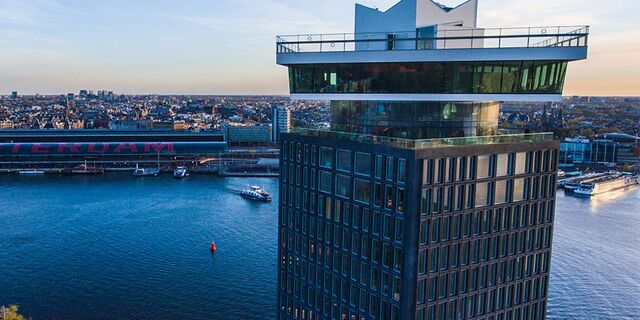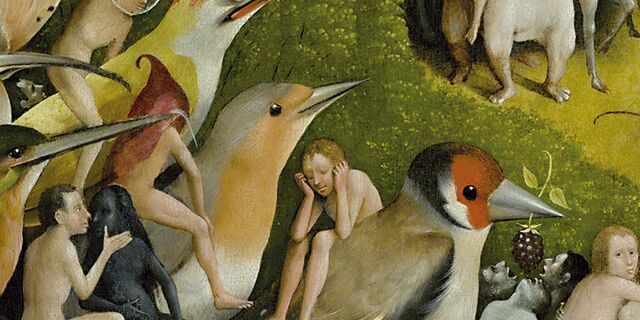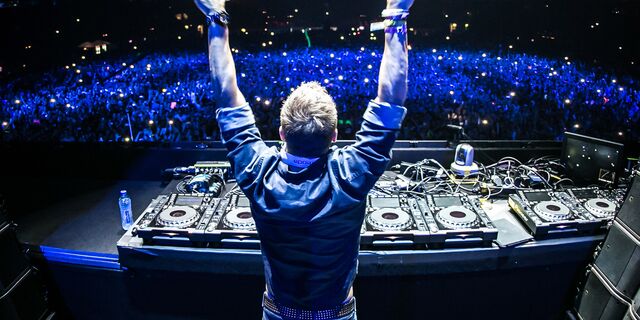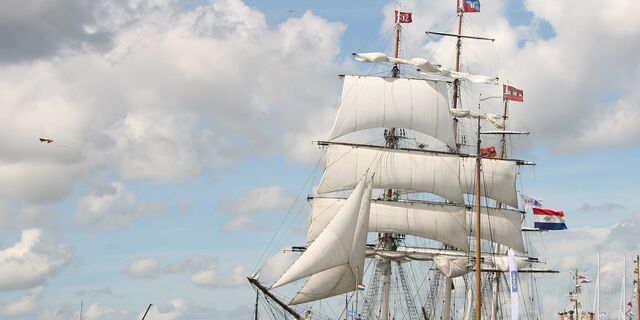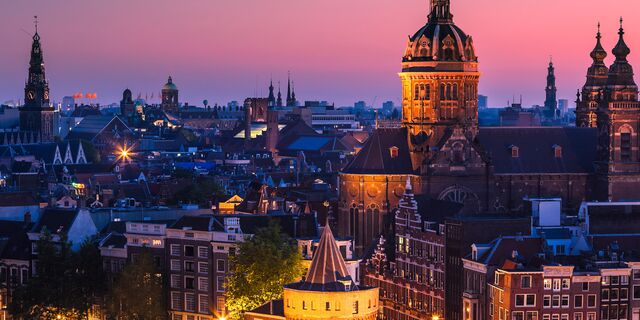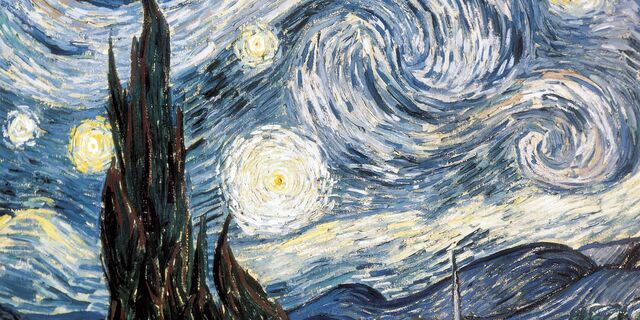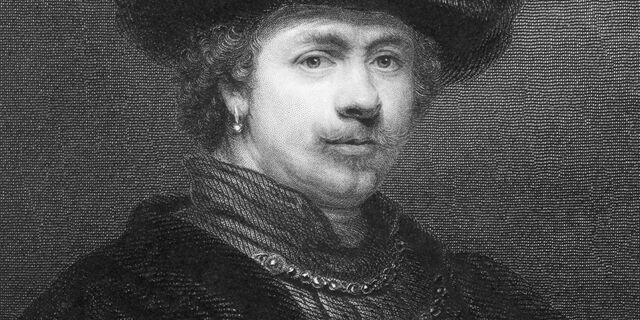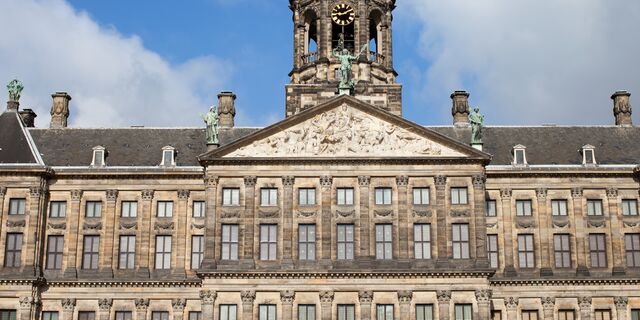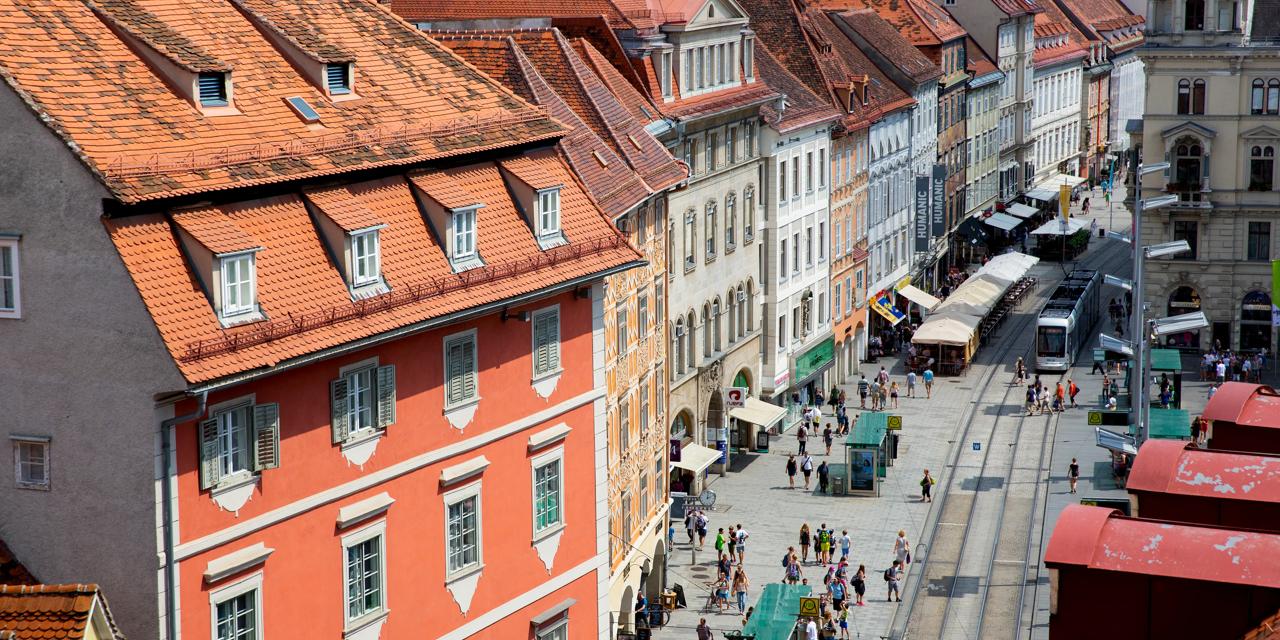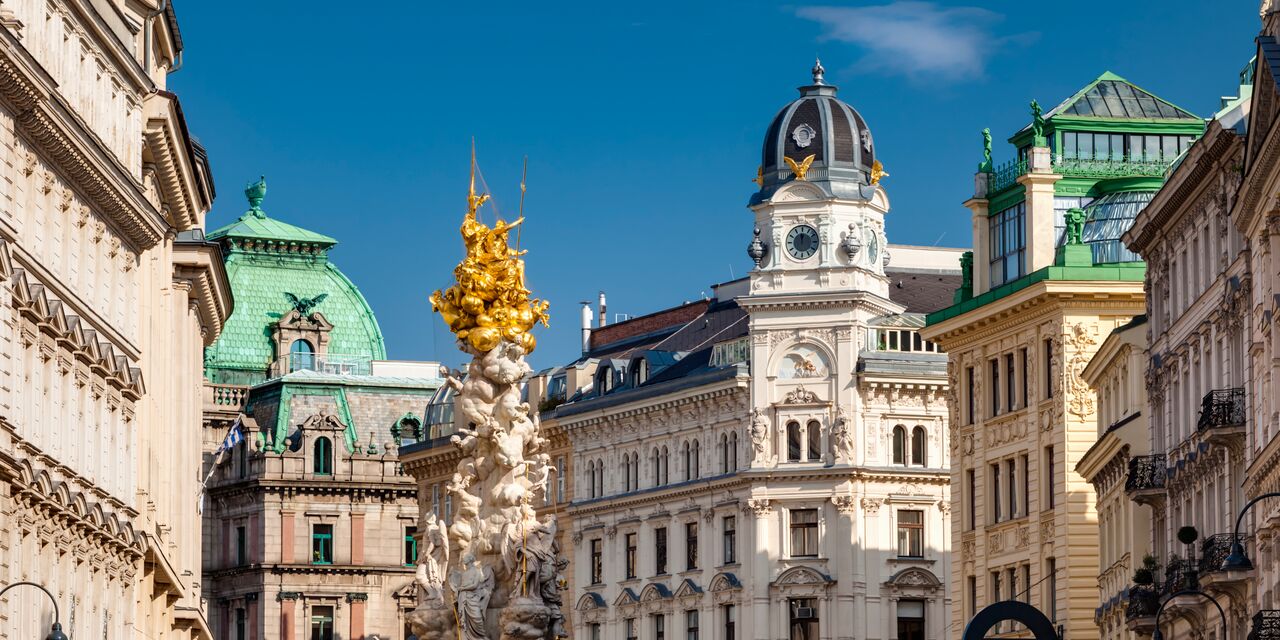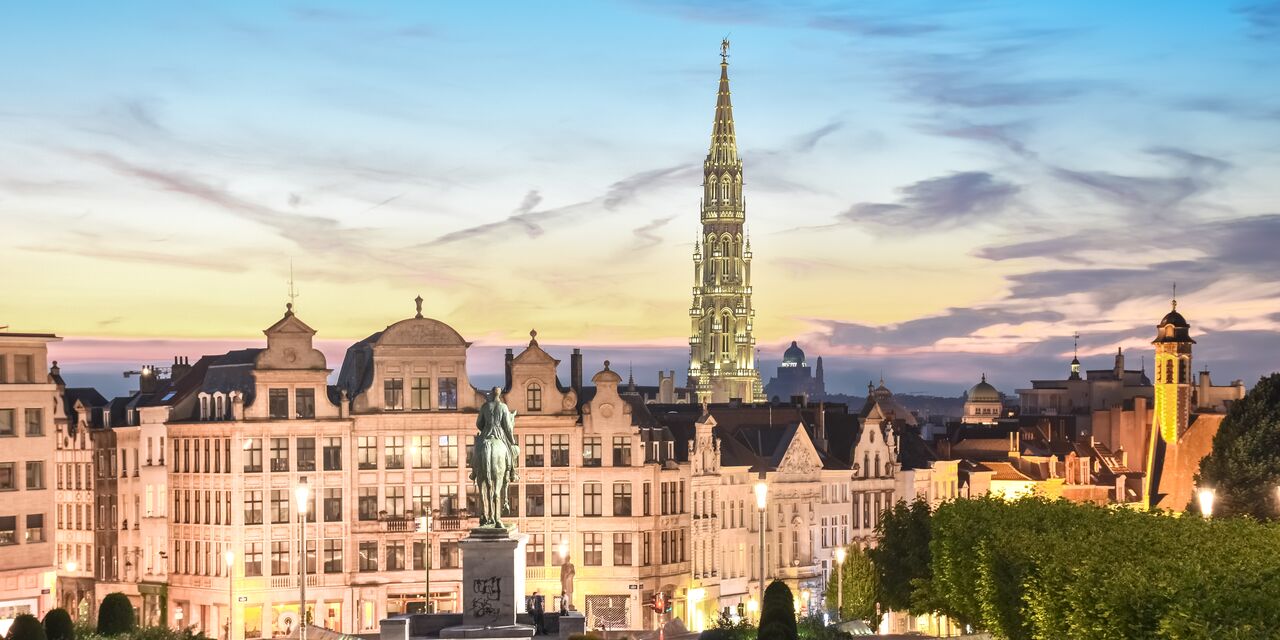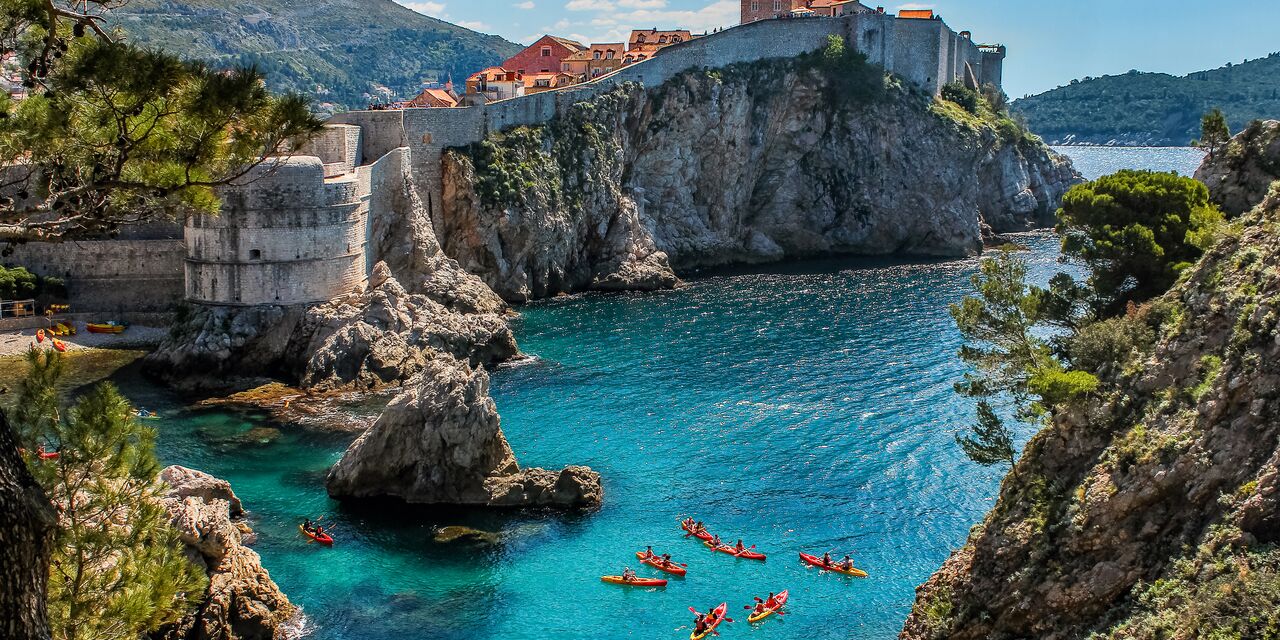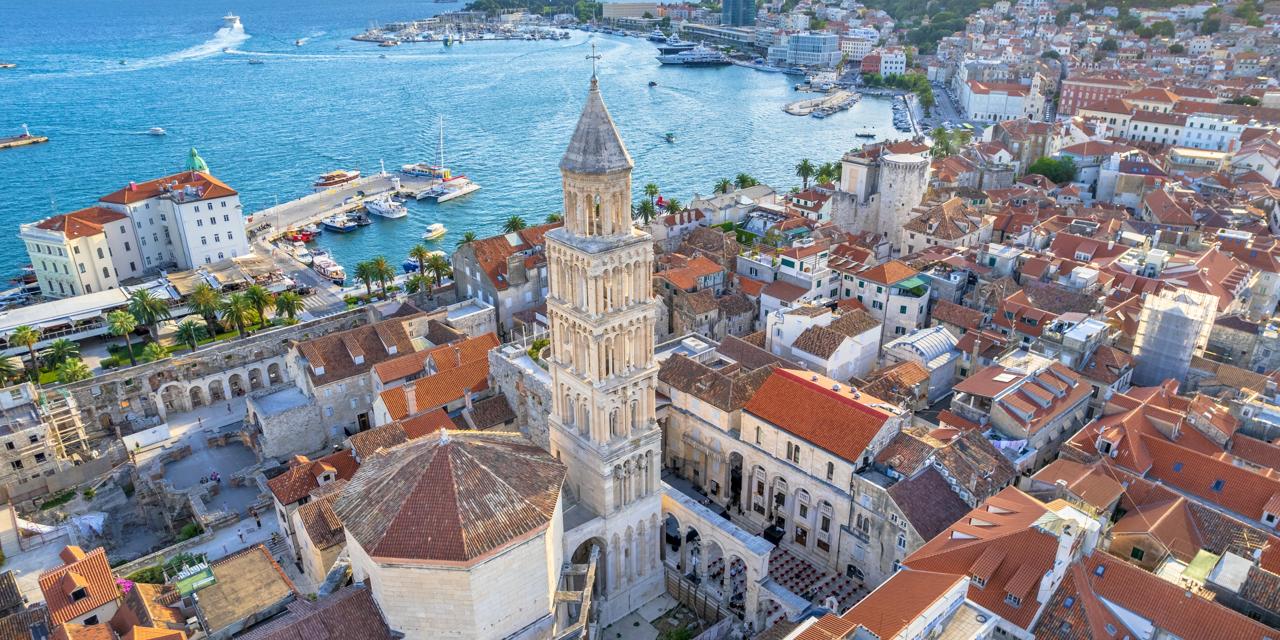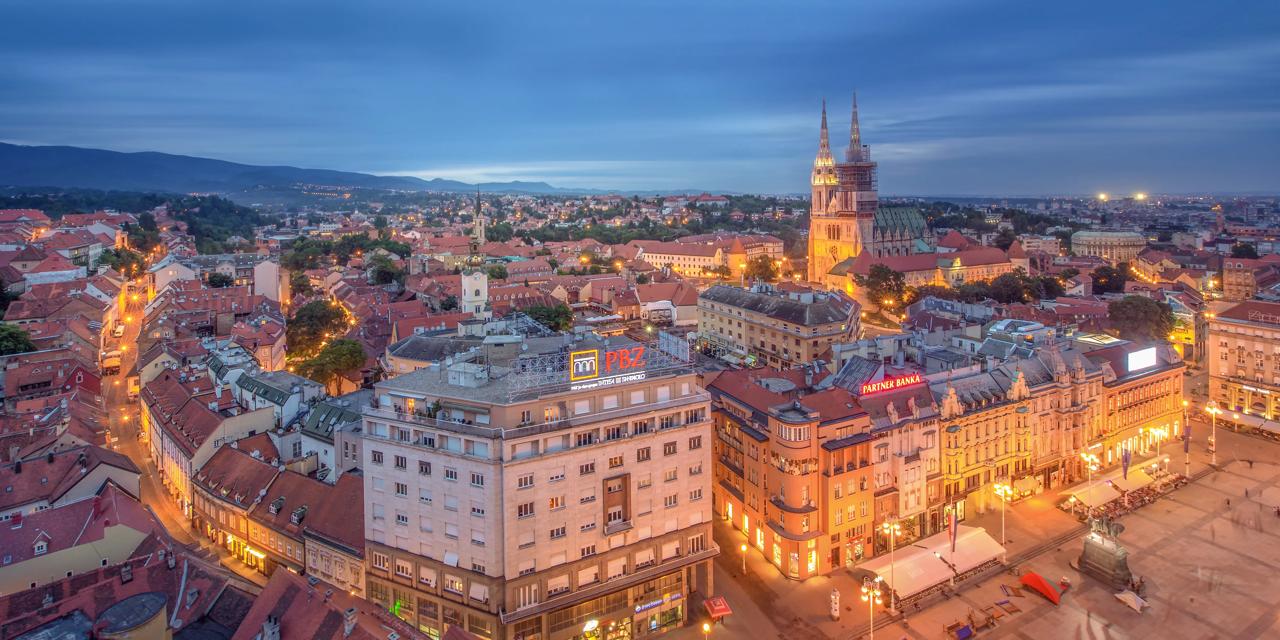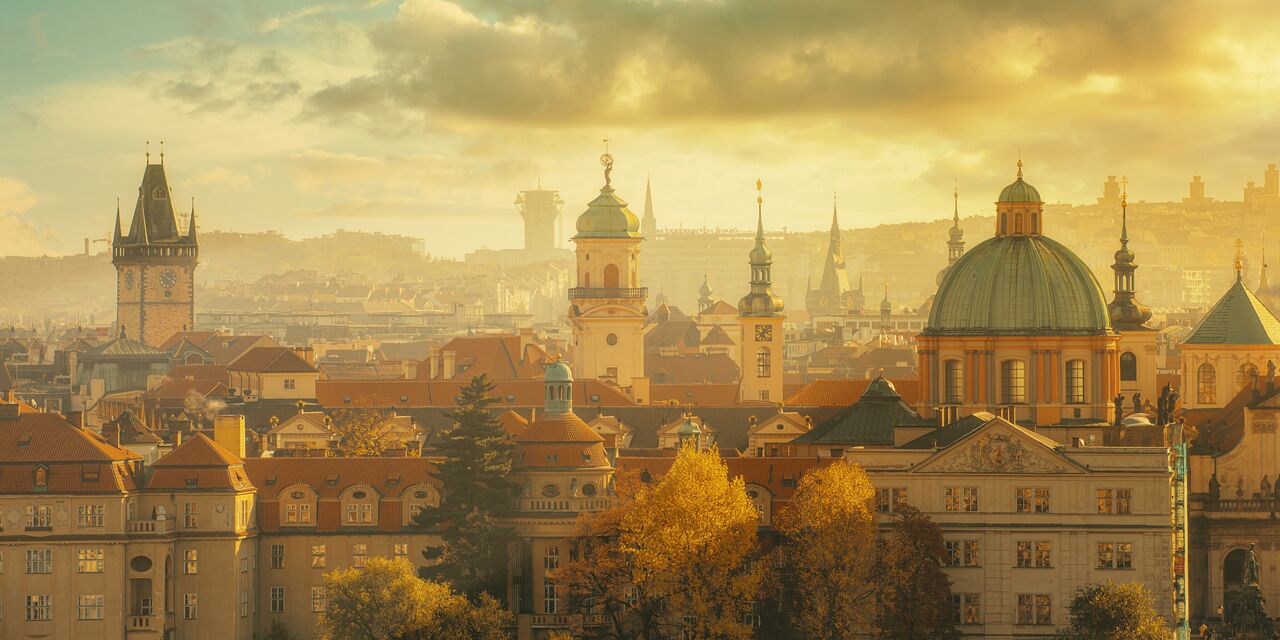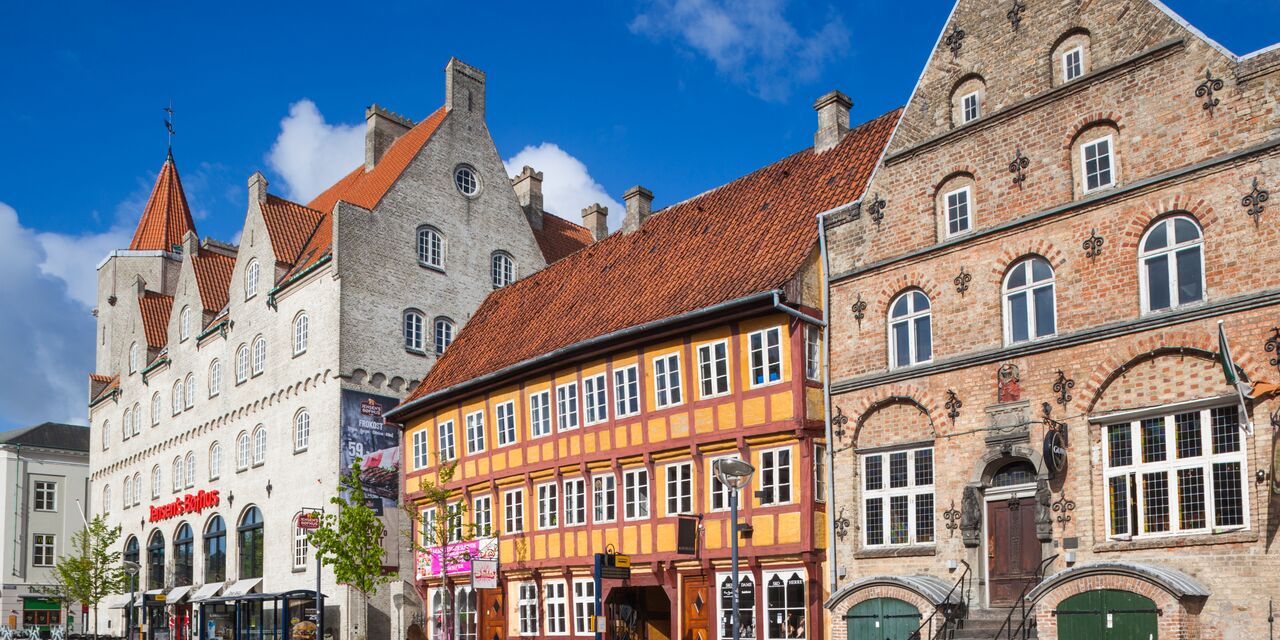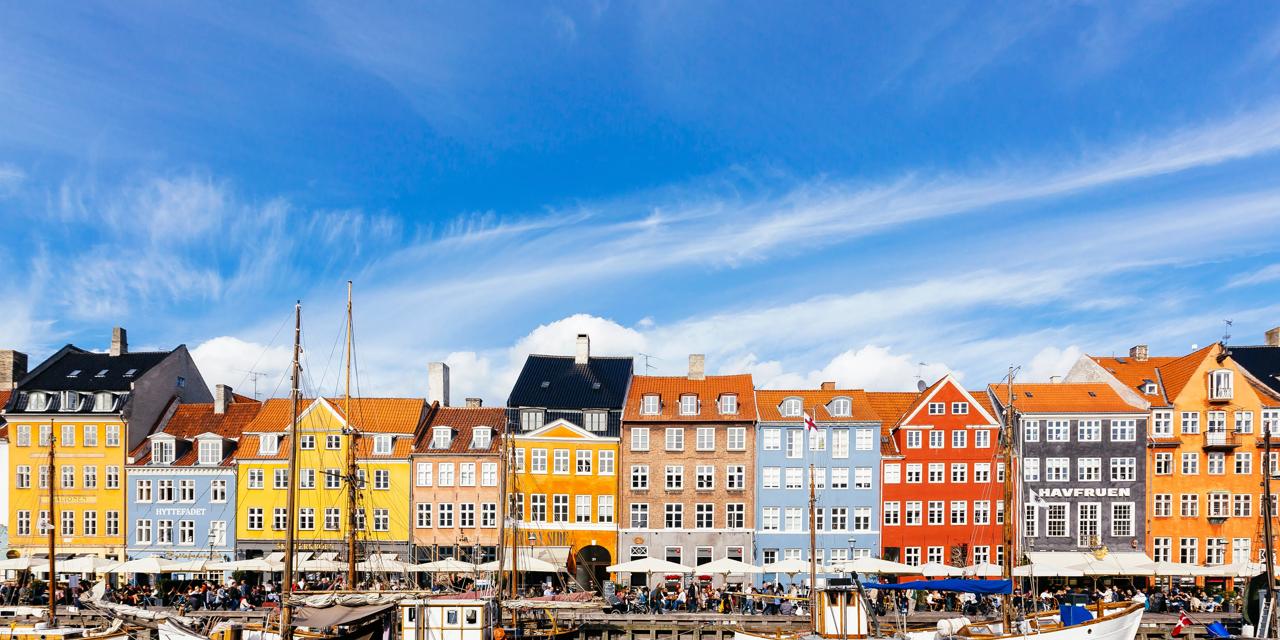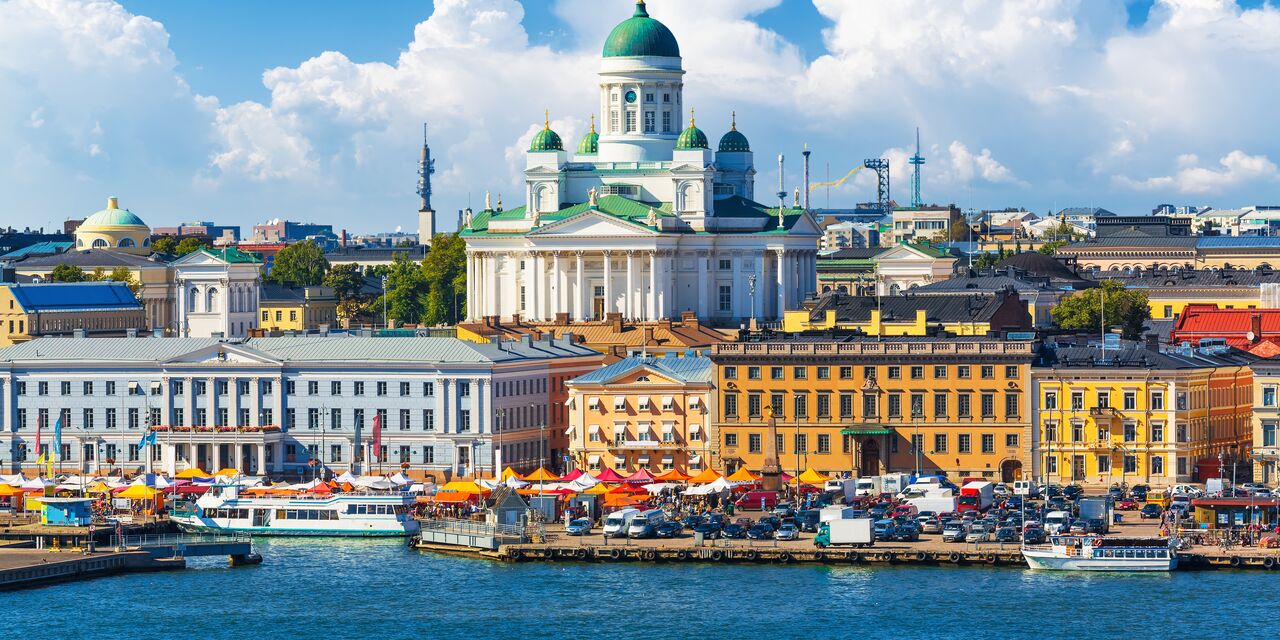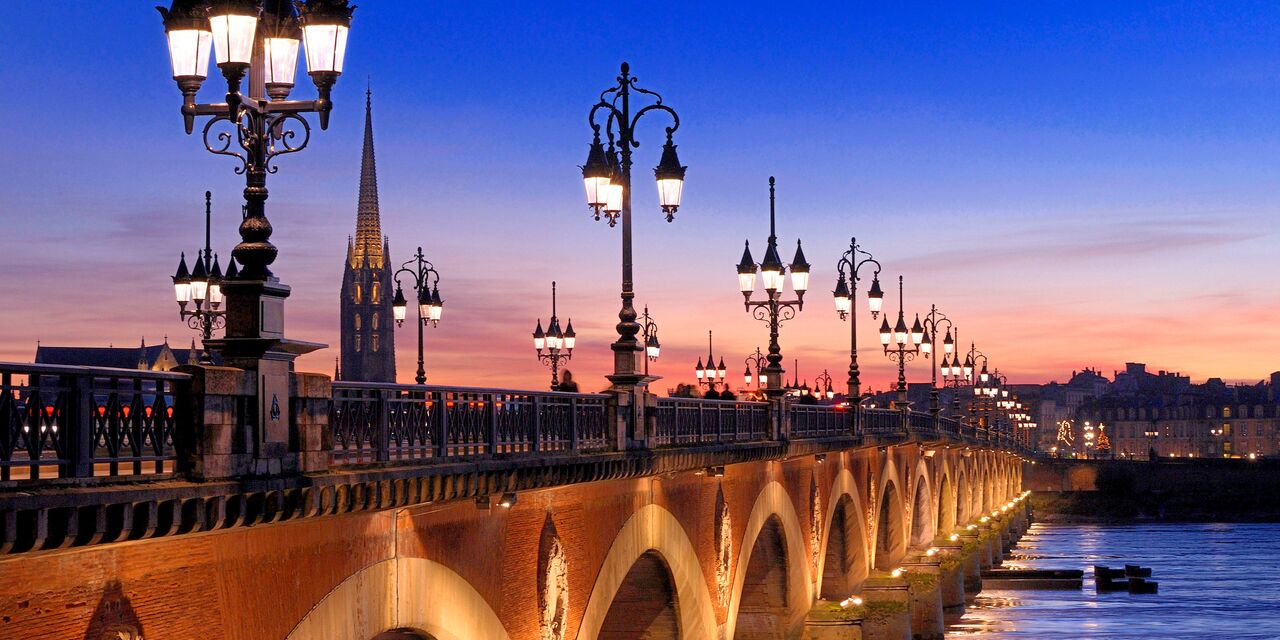Resistance Museum
The interactive exhibitions in Amsterdam’s Resistance Museum provide an impressive insight into the Netherlands in WWII. During this period, from 1940-1945, several Dutch people did their best to undermine the German occupation at great risk to their own lives. The fascinating collection is based on personal stories that showcase all the different actions undertaken by the Dutch in wartime.
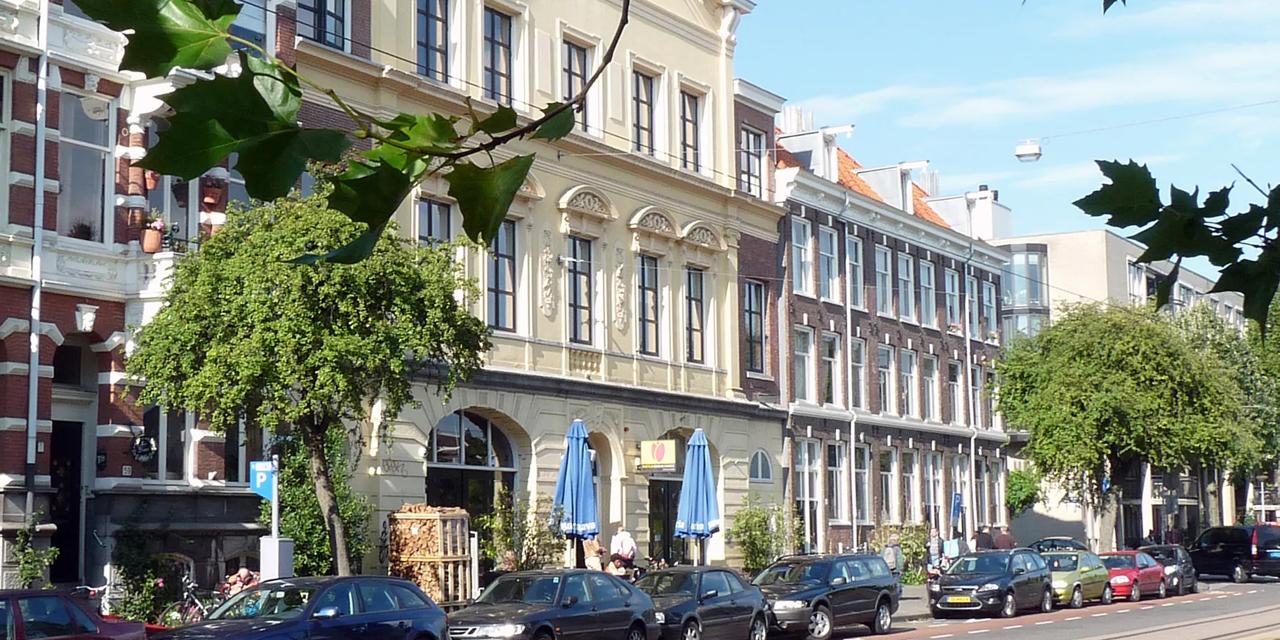
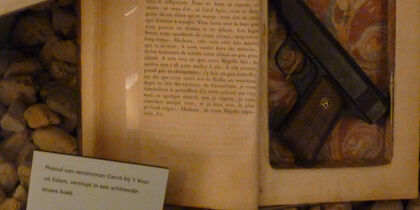
Wartime dilemmas
After the German invasion, things became increasingly tough in the Netherlands as hunger and poverty took hold. In the meantime the Jewish population suffered an ever greater persecution. Many of the Dutch faced a difficult choice: participate, do nothing or join the resistance. The permanent exhibition in the Resistance Museum explains how the Dutch dealt with this dilemma. Personal stories and quotes support the authentic objects on display. The Dutch resistance movement came into action almost immediately after the German invasion. There were overt actions against the occupier, such as strikes and student protests, as well as clandestine operations. The illegal press, for instance, undermined German censorship, and forging papers was a matter of course. Sabotage and deadly attacks by the resistance also occurred. The largest Dutch resistance movement was the LO (Landelijke Organisatie – a national organisation to help people go into hiding). It helped approximately 300,000 people find places to hide, including 25,000 Jews.
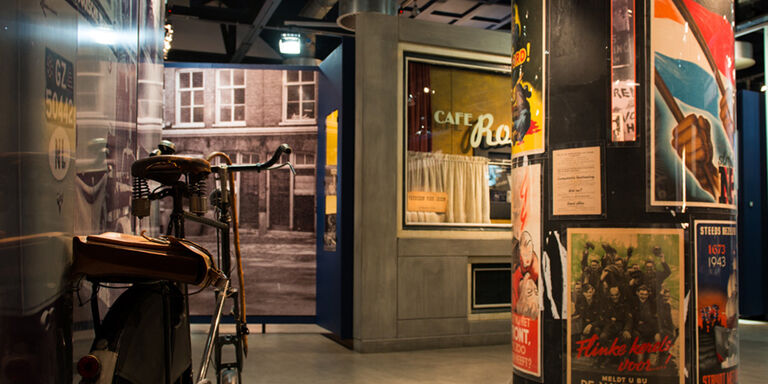
War in the Dutch East Indies
The museum also features an exhibition dedicated to the Dutch East Indies, which is well worth a visit. It tells gripping stories of those who experienced WWII in Indonesia, a former Dutch colony. This lesser-known history is fascinating. Anecdotes and authentic objects provide insight into the hardships of the Dutch, the colonists, Indonesians and Chinese. The Japanese occupiers interned a large part of the civilians living in the Dutch East Indies into camps. The men, women and children in these camps, as well as the Indonesian people who lived outside them, lived in great poverty and hunger. They were liberated in August 1945, several months after the Netherlands was freed.
Discover other destinations in Europe
*The displayed prices are for one adult. All amounts are in MYR. Taxes and surcharges are included. No booking fee is applicable. Prices shown may vary depending on fare availability.
The weather forecast information is provided by World Weather Online. Air France-KLM is not responsible for the reliability of this data.


